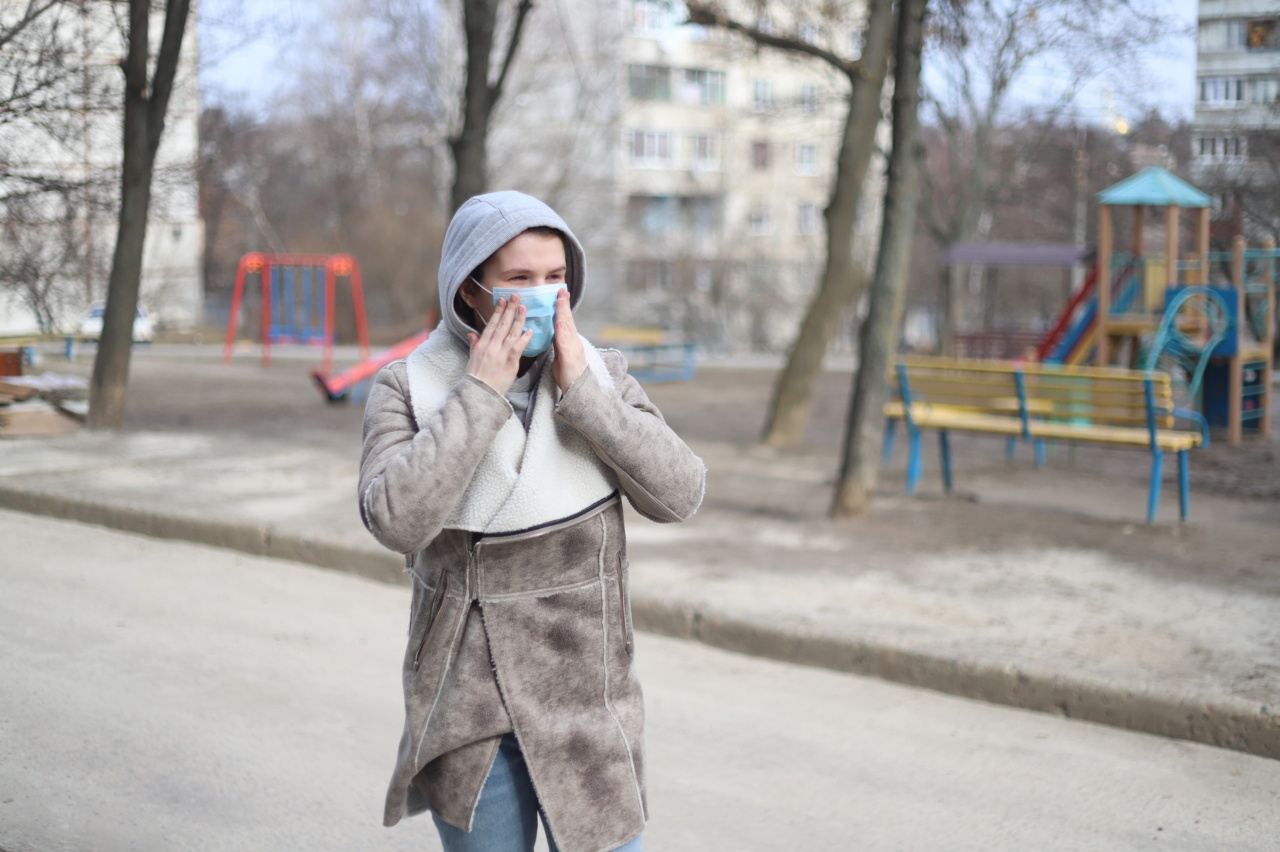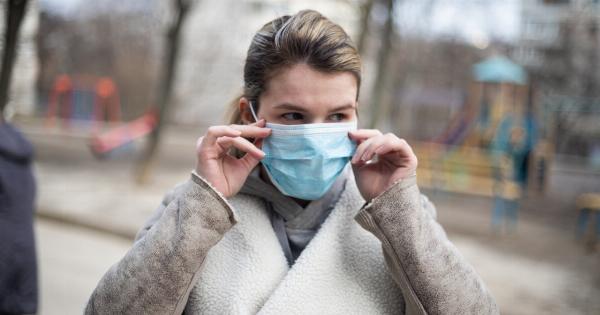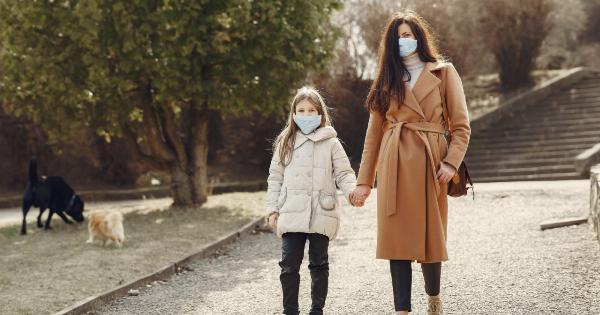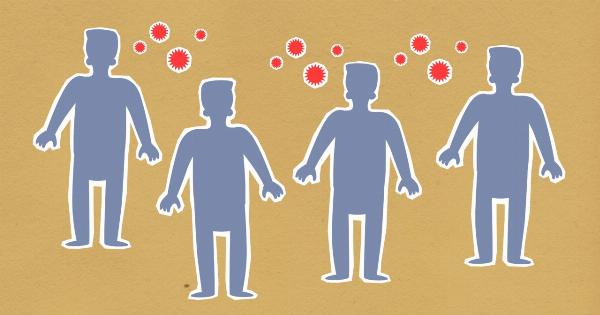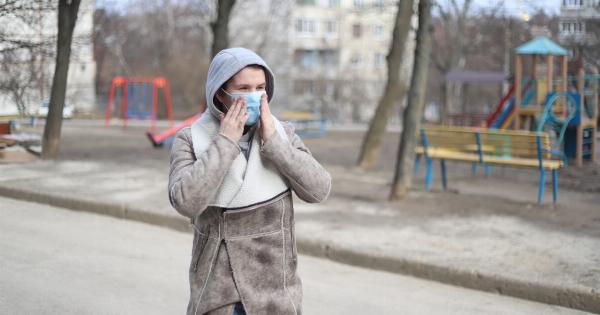There are a lot of misconceptions about the flu and the common cold. Both are respiratory illnesses, and both can cause similar symptoms.
However, there are some key differences between the two, and it’s important to understand those differences in order to better understand the unlikelihood of getting both viruses at the same time.
What Are the Symptoms of the Flu?
The flu is a respiratory illness caused by the influenza virus. The symptoms of the flu can include:.
- Fever
- Cough
- Sore throat
- Body aches
- Headaches
- Fatigue
These symptoms can be severe, and they usually come on very suddenly. The flu can also lead to complications like pneumonia, especially in people with weakened immune systems.
What Are the Symptoms of the Common Cold?
The common cold is also a respiratory illness. It’s caused by a virus, but there are many different viruses that can cause it. The symptoms of a cold can include:.
- Runny or stuffy nose
- Sneezing
- Cough
- Sore throat
- Mild fever
Cold symptoms are usually milder than flu symptoms, and they tend to come on more gradually. A cold can be annoying, but it’s not usually serious.
Why Is It Unlikely to Get Both at the Same Time?
The flu and the common cold are both respiratory illnesses, but they’re caused by different viruses.
It’s very unlikely to get both viruses at the same time because your immune system is usually able to fight off one virus before the other has a chance to infect you.
It’s also possible to get an illness that feels like a combination of the flu and the cold, but that’s usually caused by another virus altogether.
For example, there are many different strains of rhinovirus that can cause cold-like symptoms, and some of those strains can also cause more severe symptoms like fever and body aches.
How Can You Protect Yourself from the Flu and the Common Cold?
The best way to protect yourself from the flu and the common cold is to practice good hygiene. This includes:.
- Washing your hands frequently, especially after touching shared surfaces like doorknobs and shopping carts
- Avoiding close contact with people who are sick
- Covering your mouth and nose with a tissue when you cough or sneeze, and then throwing the tissue away
- Avoid touching your face, especially your mouth, nose, and eyes
- Staying home if you’re sick
- Getting a flu vaccine every year
The flu vaccine is especially important because it can help protect you from getting the flu. While it’s not 100% effective, it can significantly reduce your chances of getting sick.
What Should You Do If You Think You Have the Flu or the Common Cold?
If you think you might have the flu or the common cold, it’s important to see a healthcare provider. They can help diagnose your illness and provide treatment if necessary.
Treatment for the flu may include antiviral medication, which can help reduce the severity of symptoms and prevent complications.
If you have a cold, there is no cure, but there are things you can do to manage your symptoms. Over-the-counter medications like decongestants and pain relievers can help make you more comfortable.
Conclusion
While the flu and the common cold are both respiratory illnesses, they’re caused by different viruses. It’s very unlikely to get both viruses at the same time, but it is possible to get an illness that feels like a combination of the two.
The best way to protect yourself from these illnesses is to practice good hygiene and get a flu vaccine every year.
